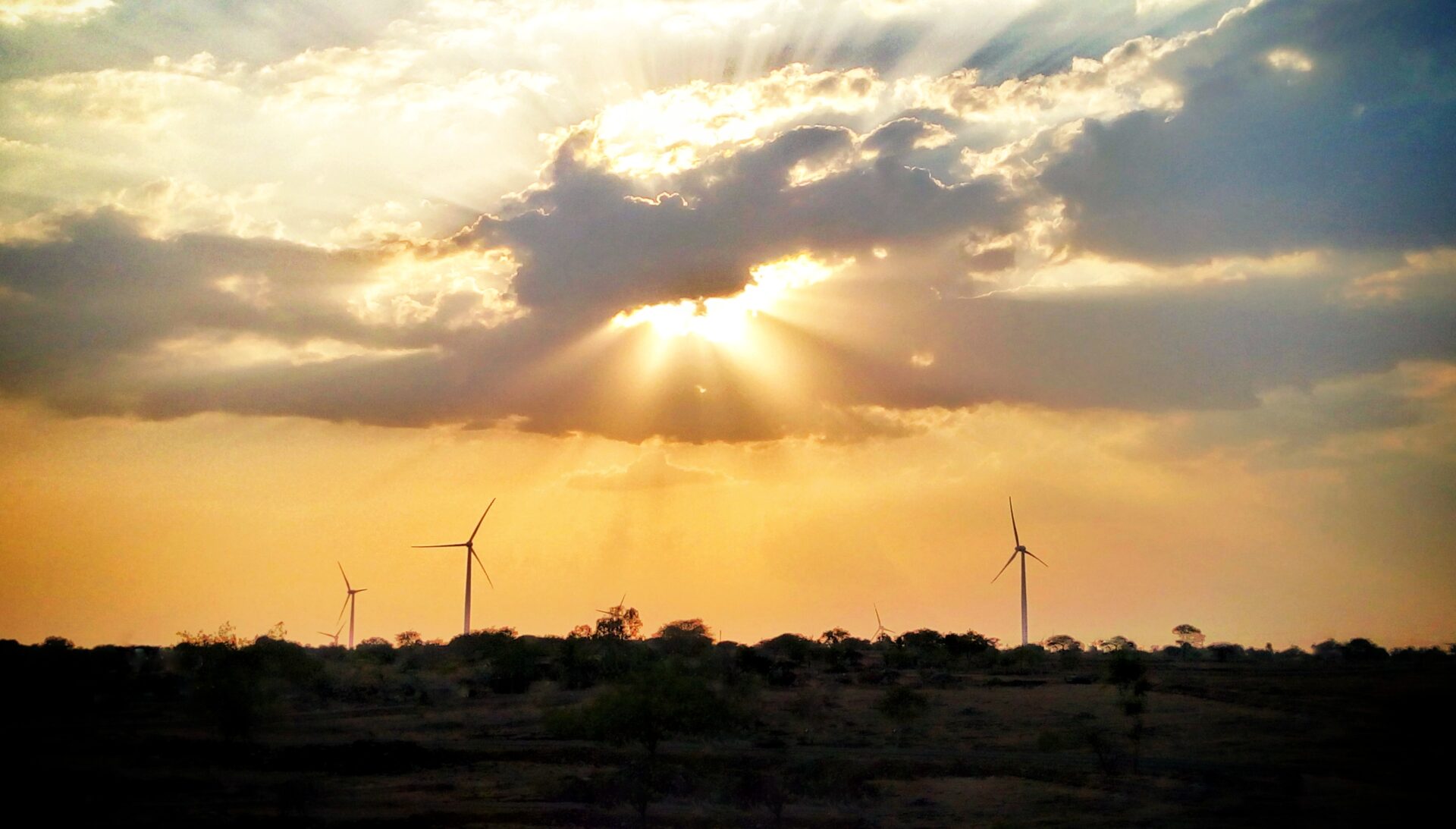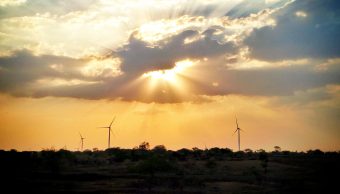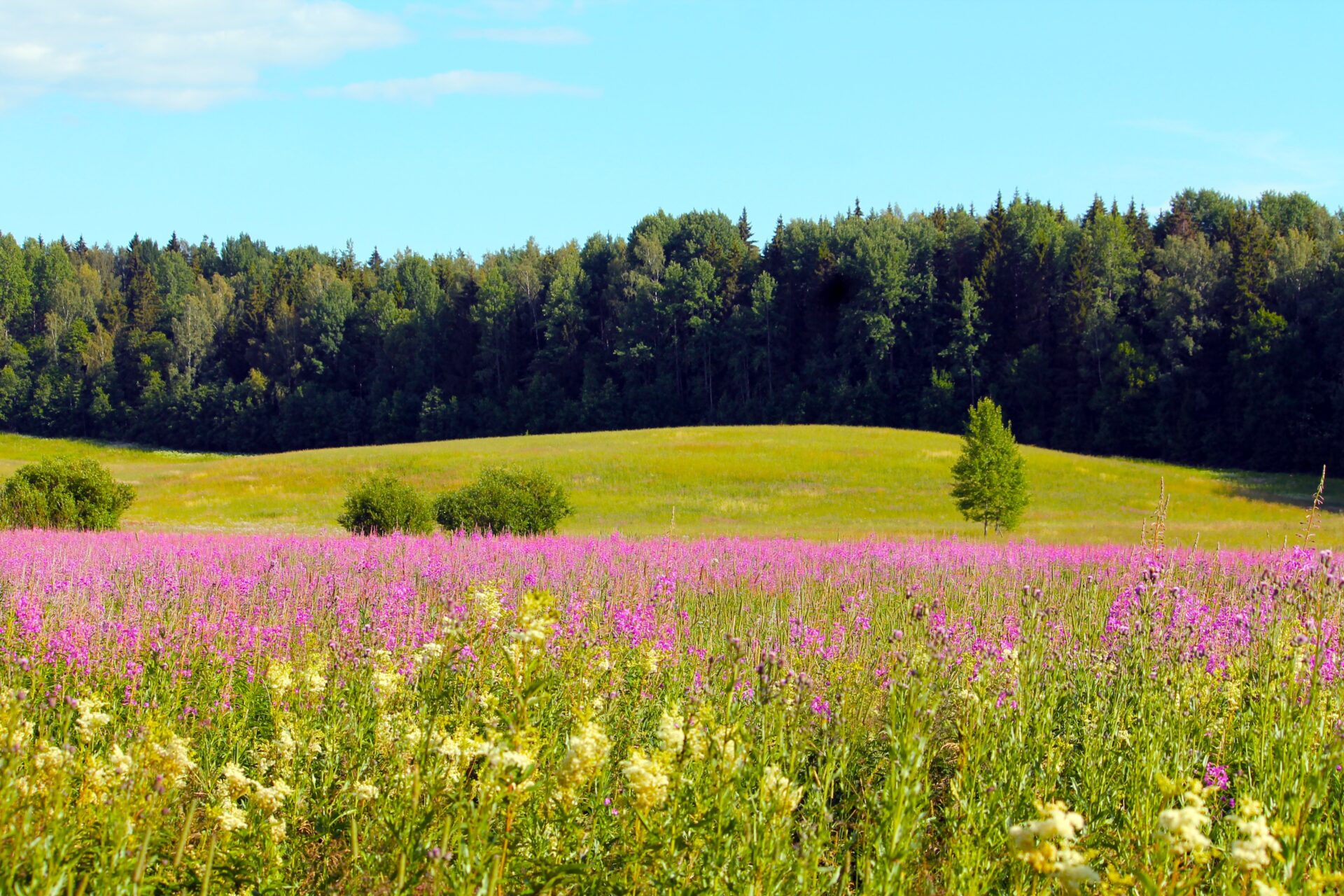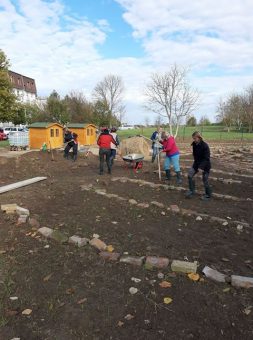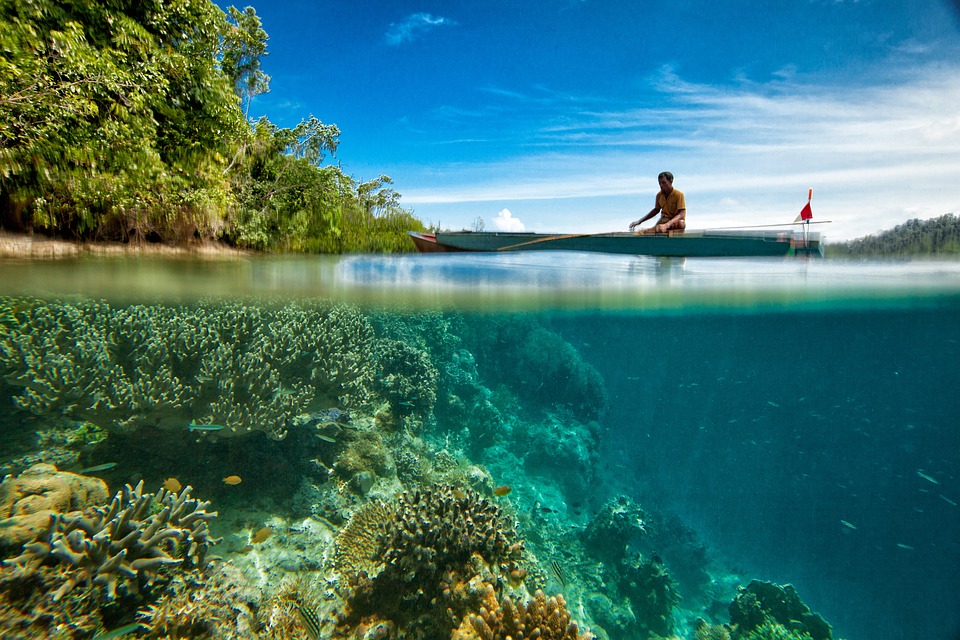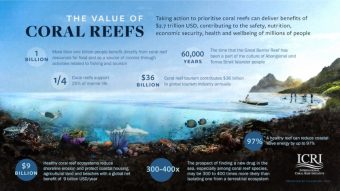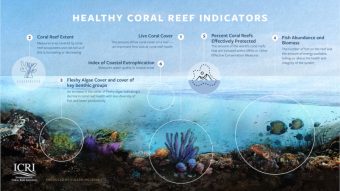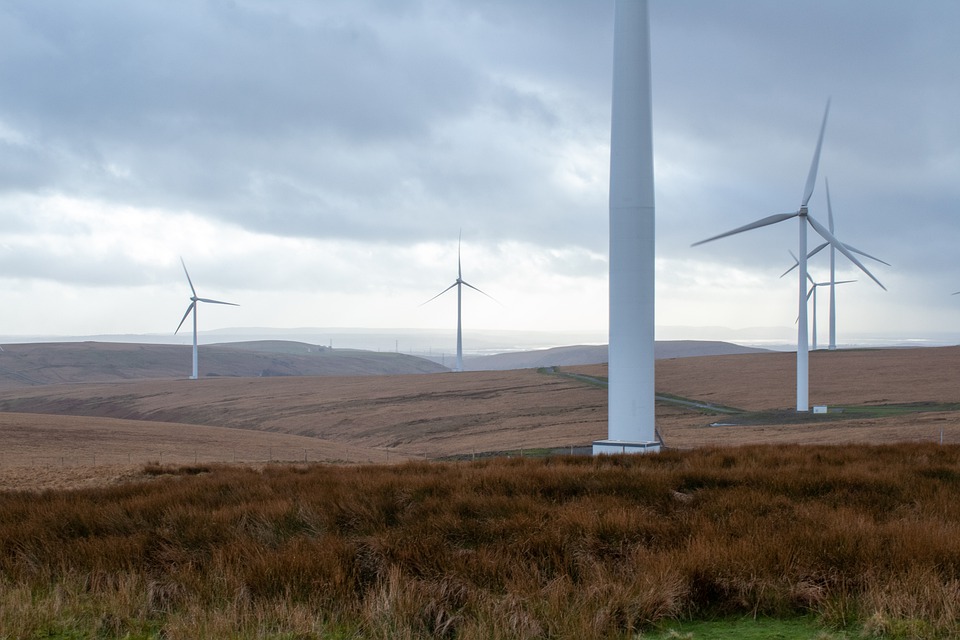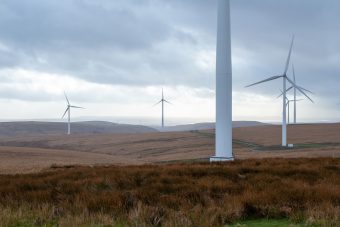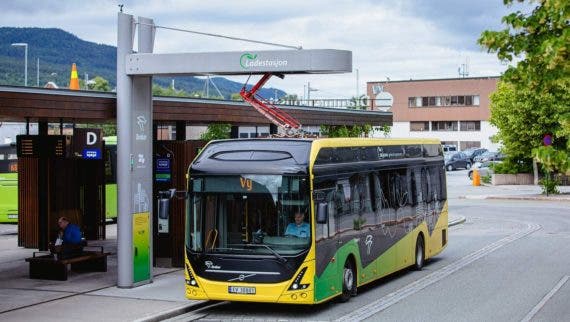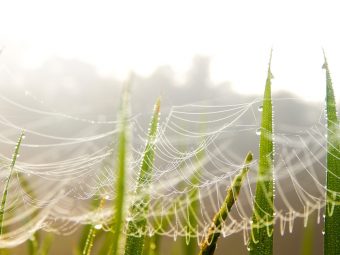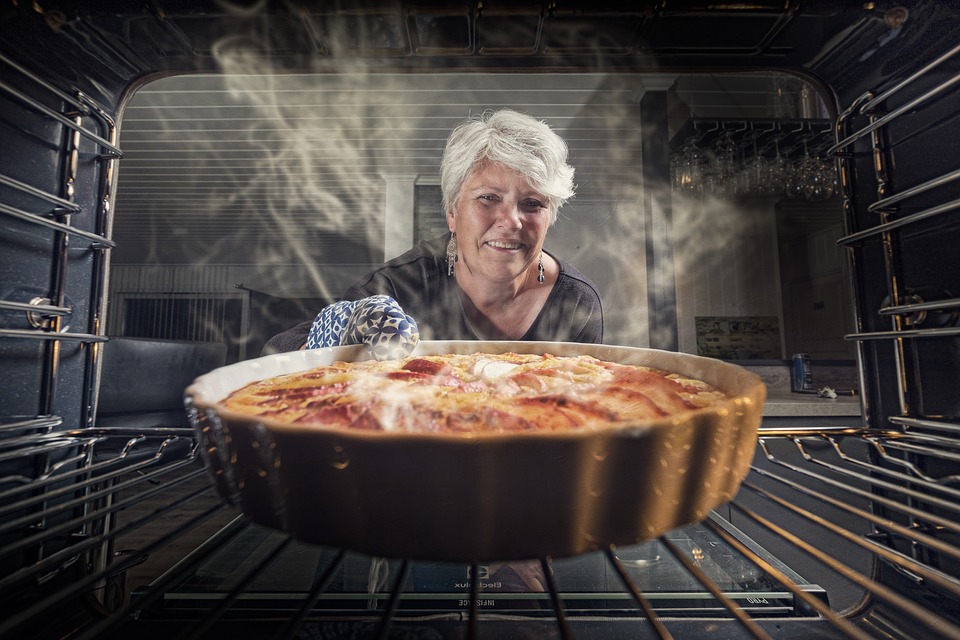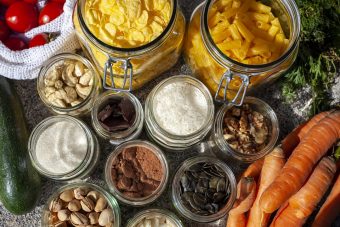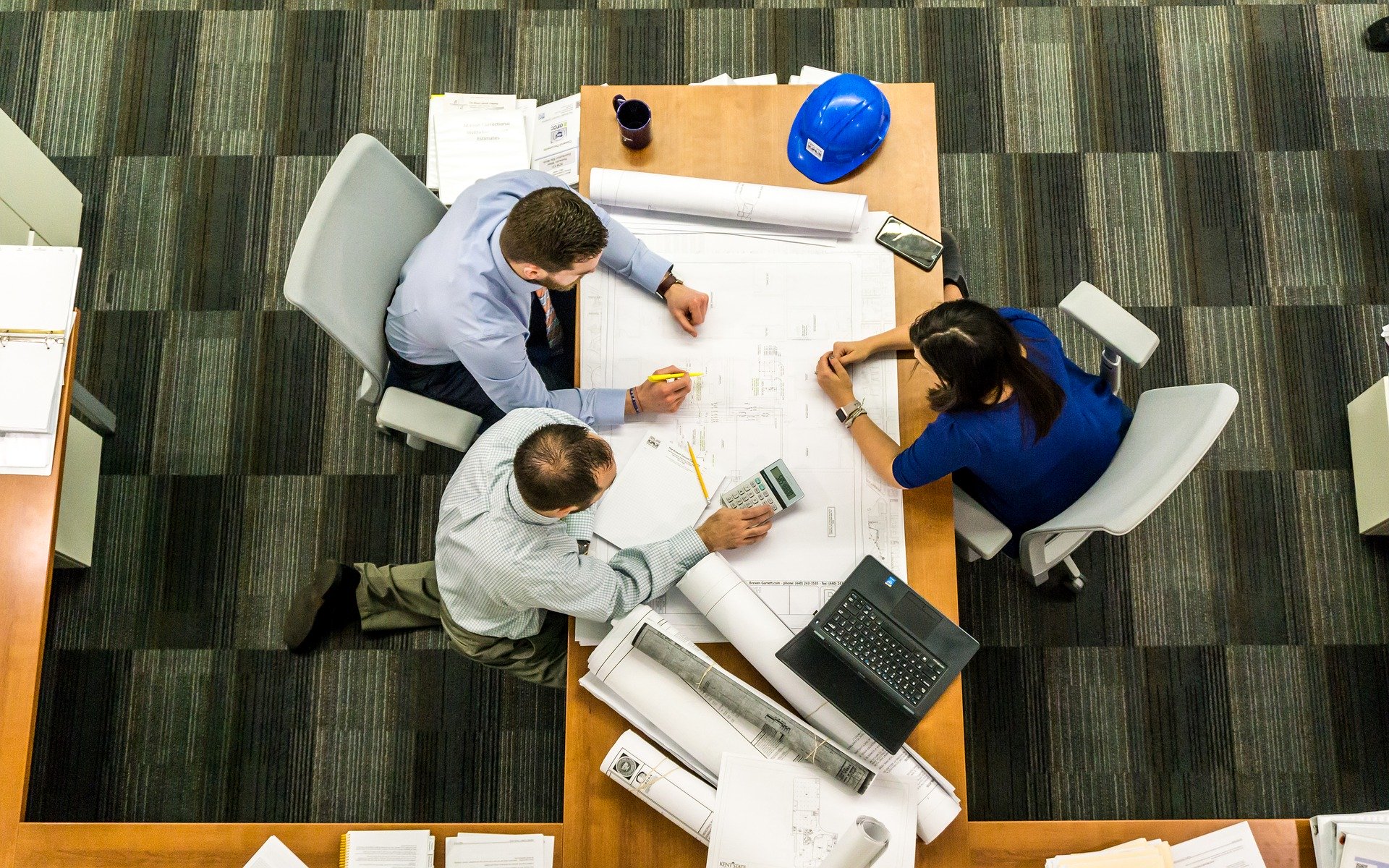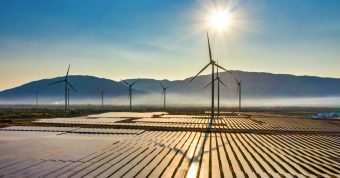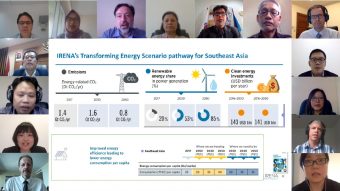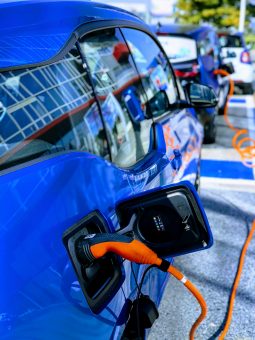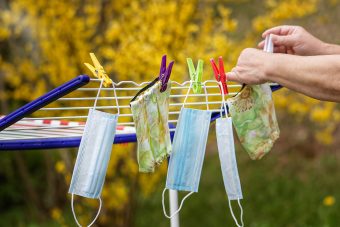
The impact of COVID-19 is transforming the way we live, from one day to the next. While national and local interventions are largely focused on protecting lives and economies, the management of hazardous waste is also essential to minimize long-term risks to human and environmental health.
A new publication – Waste Management during the COVID-19 Pandemic: from response to recovery – reviews current practices for managing waste from healthcare facilities, households and quarantine locations accommodating people with confirmed or suspected cases of COVID-19. Jointly produced by UNEP, the Institute for Global Environmental Strategies and the International Environmental Technology Centre, the report considers various approaches, identifies best practices and technologies, and provides recommendations for policy-makers and practitioners to improve waste management, over the long term.
Drawing insight from numerous consultations, the report gives particular attention to developing countries and cities, which may already lack adequate waste management. Cognizant of local conditions, practices that are operationally and technically plausible are identified and recommendations include ways to adapt existing protocols and practices, at both emergency and recovery stages.
Source: UNEP



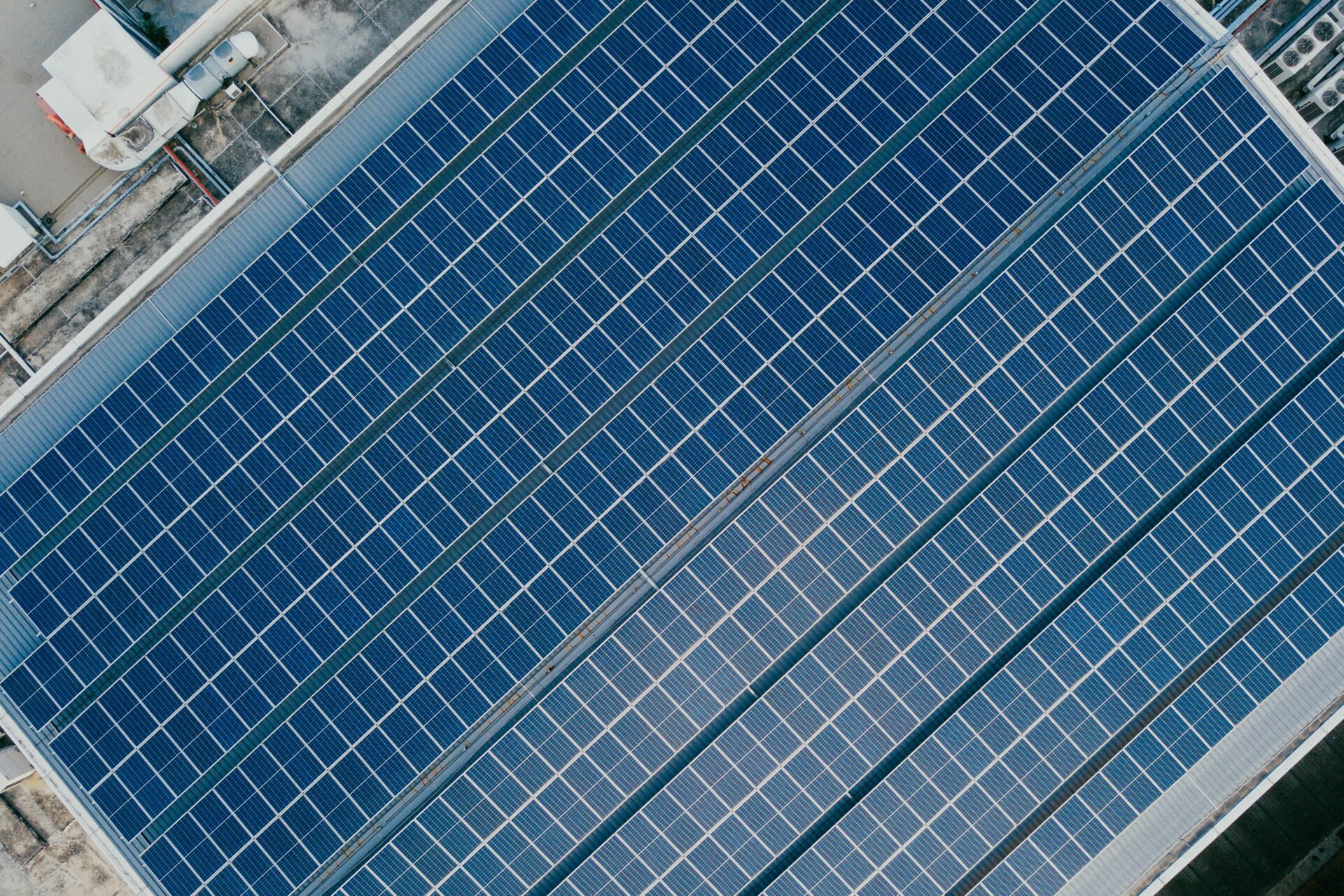
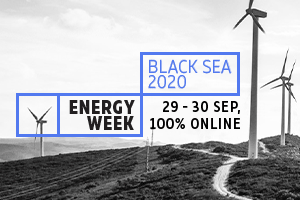 The high-level international investment conference Energy Week Black Sea will take place on a virtual event platform on 29-30 September bringing together the autorities, project operators of Ukraine, Georgia, Romania, Turkey and Bulgaria, as well as IFIs/DFIs, multinational energy companies.
The high-level international investment conference Energy Week Black Sea will take place on a virtual event platform on 29-30 September bringing together the autorities, project operators of Ukraine, Georgia, Romania, Turkey and Bulgaria, as well as IFIs/DFIs, multinational energy companies.